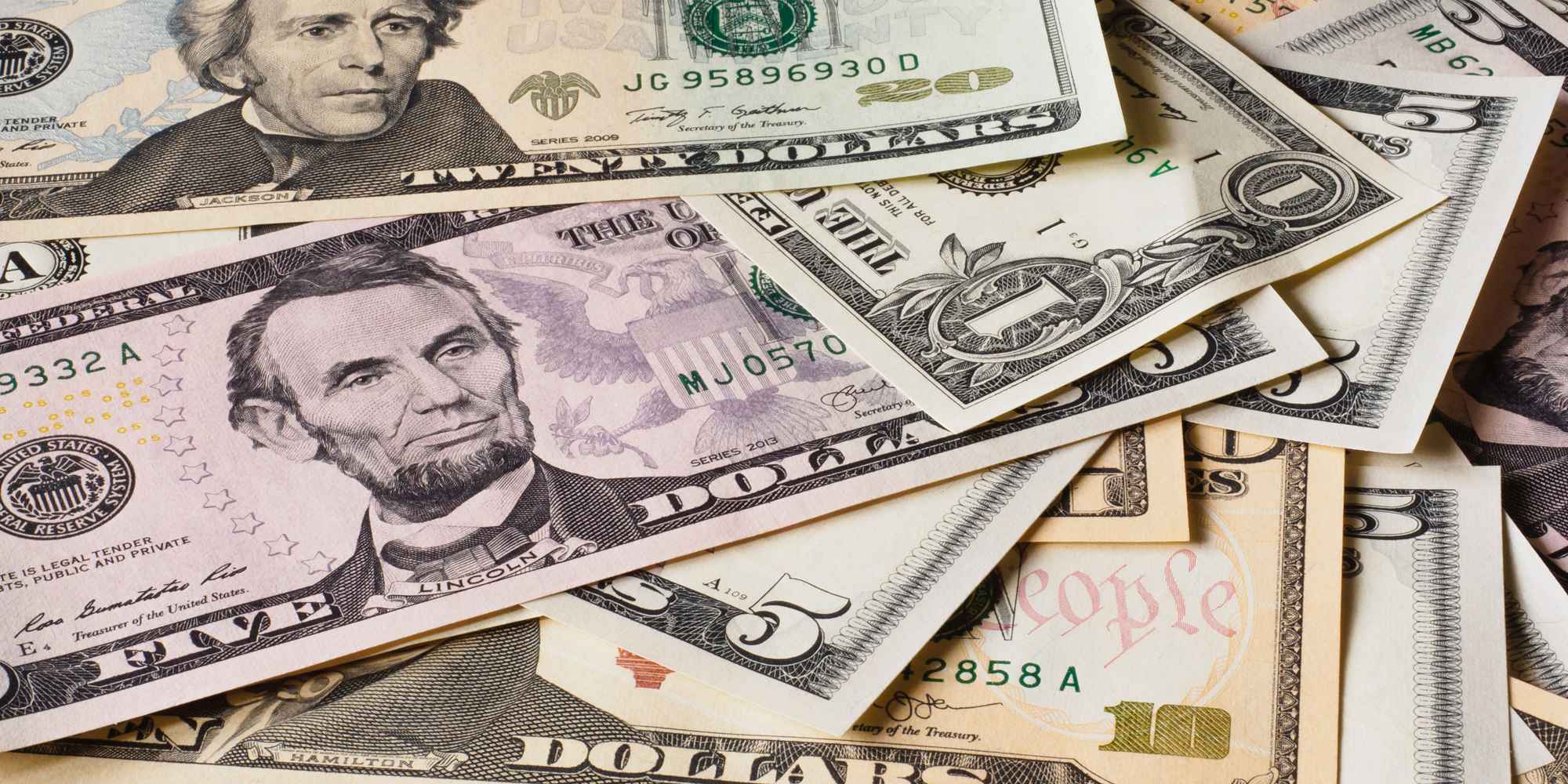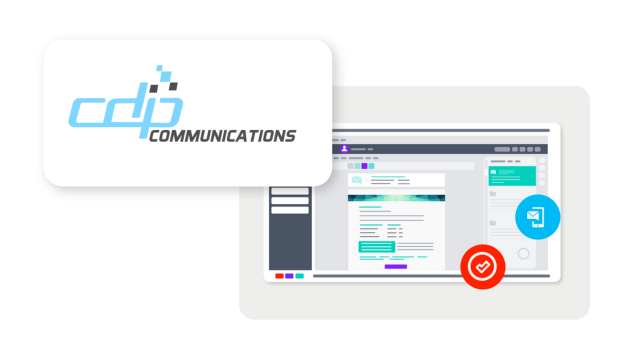
Most companies make sales on credit: credit can help increase a business’ volume and value of sales by offering buyers an alternative way to pay than cash. This additional payment option, however, means that some revenue is at risk. Some buyers are late with their payments, or never pay at all due to varying circumstances. Inevitably, some portion of sales made are never collected on.
A bad debt is an amount which has been written off by the business as a loss, and categorized as an expense, because the debt owed to the business cannot be collected. This generally occurs when the debtor declares bankruptcy or when the cost of pursuing further action in an attempt of collecting the debt becomes more costly than the debt itself.
Your Bad Debt to Sales Ratio is the percentage of bad debt impacting your business.
Calculating Bad Debt
There are two main methods to calculate your bad debts.
Direct Write-off Method
The first method is known as the direct write-off method, which uses the actual uncollectible amount of debt divided by the accounts receivable for the defined period.
This is how the formula works for a 12 month period:
(Uncollectible sales divided by annual sales) multiplied by 100 equals Bad Debt Ratio (%).
Sales = $10 million
Uncollectible = $300k
(300,000 / 10,000,000) x 100 = 3%
You can adjust this formula for whatever time period is appropriate for your business and the needs of your analysis.
This is an easy method to calculate your bad debt ratio, however it can also provide an inaccurate picture on the balance sheet. Many companies cannot say for sure whether or not a debt is uncollectible until some time after the sales have taken place, which means there may be some gains, or losses, not accounted for with sales that were made near the time of the report review. For example, if it’s generally past the six month mark before you definitively call a debt uncollectible, but you’re looking at a report for the past calendar year in February of the next year, it’s still four more months before you know what the actual “uncollectible” amount is.
While the direct method is often used in the US for tax purposes, it does not uphold the matching principle used in accrual accounting and generally agreed accounting principles (GAAP). The matching principle requires that expenses be matched to related revenues in the same accounting period in which the revenue transaction occurs.
Featured Resource: The AR Collections Playbook

Allowance Method
The alternative method, called the allowance method, aligns with GAAP. This method anticipates that some of the debt will be uncollectible and forecasts for it. Under this method, you create an "allowance for doubtful accounts," (also known as a bad debt reserve or bad debt provision).
For example, if last year your company’s bad debt represented 2% of your total sales, then this year, you may set aside 2% as your allowance for doubtful accounts. You are forecasting your bad debt and leveraging that to manage your cash flow.
Your allowance for bad debts is a contra-asset account, which means that it will appear on your balance sheet alongside all of your other asset accounts.
This means when one of your customers short pays you, and pays $200 on a $1000 invoice, that $200 goes into your accounts receivable against the 2% allowance you had set aside.
Why should you know your bad debt to sales ratio?
Understanding your business and your cash flow is key to your success. And this data helps you evaluate how your AR process is performing, as well as your overall business health. Some of the things understanding your bad debt to sales ratio allows you to do are:
- Improve your collections process and your cash flow.
- Avoid unpaid invoices from customers by identifying the profile of customers consistently in the “bad debt” bucket and adjusting your credit terms accordingly.
- Improve profitability, as bad debts impact your company's profitability by being expensive to collect upon while eating into your cash flow.
- Improve your business’ own credit rating by having a healthy business and growing cash flow, so your bad debt isn’t dragging down your own credit-worthiness.
Along with understanding your DSO and AR Aging reports, your Bad Debt to Sales Ratio offers another view into your business health and operations, providing valuable data to help you improve your AR processes for growth and scalability.








